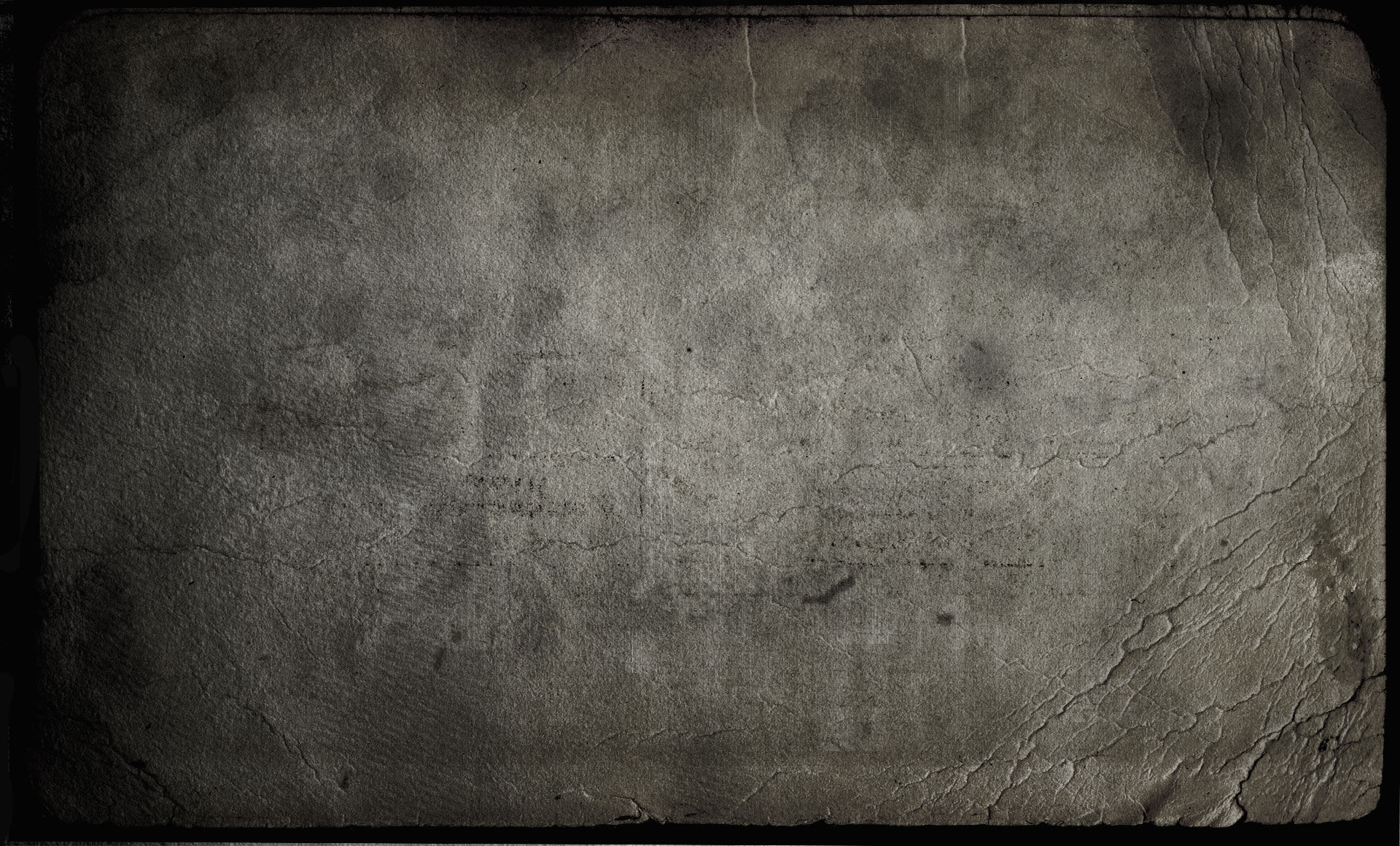Ian Boddy: The Climb (1983-2018)
- Sylvain Lupari
- Mar 23, 2006
- 4 min read
Updated: Sep 20, 2022
“Even with its few tracks which sound a little retro from the synth-pop years, The Climb survives wonderfully to the wear of time and the technological advances of EM”

1 Kinetics 4:34 2 The Circle 4:04 3 Déjà Vu (Part 1) 7:59 4 Déjà Vu (Part 2) 4:46 5 Scorch 5:29 6 The Climb-Dawn 2:51 7 The Climb-Procession 3:11 8 The Climb-Hymn 3:09 9 The Climb-Ascent 2:59 10 The Climb-Summit 4:52 11 Déjà Vu (Part 3) 9:29 DiNDDL21
(DDL 53:26) (V.F.) (E-Rock, E-Synth Pop)
Ian Boddy's music now spans nearly four decades. And the English musician has composed music since Images, a first cassette, released in 1980! In solo, in duo or in a band, Ian Boddy has participated to the creation of about sixty albums. And I do not count his wide range of Library Music. After putting his first 3 cassettes in a 3 CD compilation set called Spectroscopic in 2017, the guide par excellence of the new trends in EM intends to reissue each of his first albums on his DinDDL download label. An excellent initiative that I salute hands up, especially because of the very affordable price but especially because of the quality of the compositions from DiN Records' boss. THE CLIMB was released in 1983, so we must put oneself in the heart of this era in order to bite to its music. And again, there are small jewels which still sound very good today. I think among others to the surprising Déjà Vu.
Large arcs draw these circles that are made in water. They open the jittery rhythm of Kinetics. Structured on nervous percussions and a good bass line a bit Funk, the music is lively and spits the venom of the 80's synth-pop. The keyboard espouses a little the structure of the rhythm, adding a harmonic lace at the second part as well as effects which keep this touch a bit Bebop electronic of Kinetics. Scorch is also built on the same principle, while The Circle is much more the kind electronic-motorik with its structure lying on bass pulsations and which host a stream of stationary sequences. These clear sequences sparkle on the spot, whilst percussions begin to roll a Hip-Hop of which the lyricism is sung by a choir behind a big vocoder. All these elements make of this track a thing on which we hooked on the first listening. We move from a rather commercial phase to a more complex composition with Déjà Vu (Part 1). The first sequences which sparkle in a mystical haze tinkle a bit like the approach of sequenced melody in The Circle. A minute later, the percussions arrive to generate a military march on acid, while the mist intensifies its magic of a world outside our imagination. Chords also gurgle in this structure whose flow of percussion, as well as other seductive effects of percussion, leads to solid English electronic rock where twirls great synth solos. Very close to a rock guitarist, Ian Boddy merges beautifully his solos with orchestral arrangements where also hides a delicate melody carved by a tender and romantic keyboard. Déjà Vu (Part 2) follows with a slightly modified tempo, but with a splendid melody which will give you chills to the soul. These drops of pure water stigmatized in sonic pearls tinkle with an enchanting effect on an electronic rock in transformation. A mutation accelerated by an astonishing rise of a mordant bass line. Gorgeous! These 2 titles are going into my network reader, section timeless EM tracks.
The saga of the title-song begins in mystery. The ululations of the creatures of the night and the cavernous breezes fill the opening of The Climb-Dawn. Chords tinkle and resound in this ambience. Playing with their echoes, these chords weave a processional melody, a bit like Eddie Jobson's Theme of Secrets (splendid album by the way), which vanishes in the sound shadows of The Climb-Dawn. The Climb-Procession follows with a more chthonian approach. Sinuous reverberations serve as a setting for percussions without rhythmic life which only bite the sinister song of an immured choir. The Climb-Hymn begins with a more translucent soundscape. The ambiances, always sibylline, cling to this veil of mystery which embroiders the contours of this long epic track which leans on its 17 minutes. Bass layers then carve a sinister slow rise where our ears can perceive a shadow of organ which exhausts its devilry in the sharp and jerky rhythm, a little like in Kinetics or Scorch, of The Climb-Ascent. The Climb-Summit concludes this saga with a meditative structure less dark than the beginning of THE CLIMB, a bit like a heavenly rest after a journey to the lands of desolation. At the time, the saga of THE CLIMB probably initiated the musical movement for dark and gothic ambient structures with a fine industrial touch.
THE CLIMB became out of print soon after its release and by ricochet an extremely rare item up until that Ian Boddy re-released it on his Something Else Records label in 1993. This reissue came with the bonus track Déjà Vu (Part 3). Its metamorphic structure follows the main lines of the first two parts, but in a more rock approach, I think of Tangerine Dream and Cool Breeze of Brighton here, where our ears wonder if they are synth or guitar solos flying over and cutting out the 9 minutes of this title which is quite a gift that Ian Boddy makes to his fans. And even with its few tracks which sound a little retro from the synth-pop years, THE CLIMB survives wonderfully to the wear of time and the technological advances of EM. I loved discovering this album and I can not wait to hear in such a beautiful sound version as here, The Spirits.
Sylvain Lupari (July 23rd, 2018) ****¼* SynthSequences.com Available on DinDDL

Comentários